Introduction Pacman
Pac-Man is one of the most iconic and enduring video games in history, a cultural phenomenon that revolutionized the gaming industry. Released in 1980 by Namco, Pac-Man was created by game designer Toru Iwatani and quickly became a global sensation. With its simple yet addictive gameplay, vibrant visuals, and memorable character design, Pac-Man has left an indelible mark on gaming culture. In this essay, we will explore the history, gameplay, and cultural impact of Pac-Man, highlighting why it remains a beloved classic even decades after its release.
The Origins of Pac-Man
Pac-Man was born during a time when most arcade games were focused on space-themed shooters like Space Invaders. Toru Iwatani sought to create a game that would appeal to a broader audience, including women, who were not typically drawn to the more violent arcade games of the era. Inspired by the shape of a pizza with a missing slice, Iwatani designed Pac-Man, a character whose primary goal was to navigate a maze and eat pellets while avoiding ghosts.
The game's premise was simple: guide Pac-Man through a maze, consuming all the pellets while avoiding four ghosts—Blinky, Pinky, Inky, and Clyde—that pursue him. The game introduced a unique blend of strategy, timing, and reflexes, as players had to maneuver Pac-Man through the maze, outwit the ghosts, and use power pellets to temporarily turn the tables on his pursuers.
Gameplay Mechanics:
Pac-Man's gameplay is deceptively simple, yet it requires a strategic approach to master. The player controls Pac-Man using a joystick, guiding him through a maze filled with small dots, or pellets. The objective is to eat all the pellets in the maze while avoiding the ghosts. Each maze also contains four larger pellets known as power pellets, which allow Pac-Man to temporarily turn the ghosts blue and eat them for extra points.
The ghosts in Pac-Man have distinct behaviors that add complexity to the game. Blinky, the red ghost, aggressively chases Pac-Man, while Pinky tries to position itself in front of Pac-Man’s path. Inky's movements are more unpredictable, while Clyde switches between chasing Pac-Man and wandering randomly. Understanding these patterns is key to avoiding capture and maximizing your score.
As players progress through the levels, the game becomes increasingly challenging, with the ghosts moving faster and the power pellet effects wearing off more quickly. The game's difficulty curve, combined with its straightforward controls, makes Pac-Man both accessible to new players and challenging for experienced gamers.
Cultural Impact and Legacy
Pac-Man's influence extends far beyond the arcade. It quickly became a cultural icon, spawning a wide range of merchandise, including toys, clothing, and even a hit song, "Pac-Man Fever." The game's success also led to the creation of an animated television series and several sequels and spin-offs, further cementing Pac-Man's status as a pop culture phenomenon.
The game’s design and mechanics have influenced countless other games, and its iconic character has become a symbol of gaming itself. The maze-chase genre, popularized by Pac-Man, inspired other classic games like Ms. Pac-Man and even modern titles that pay homage to the original.
Instructions
Using Mouse.
Show more »
All free games for you

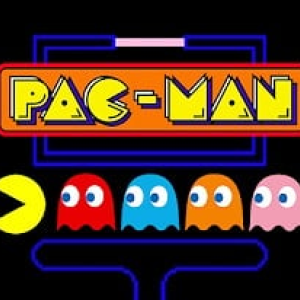
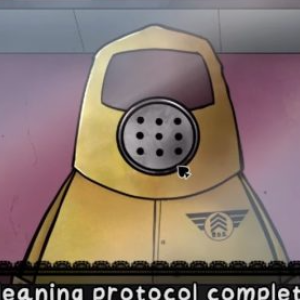












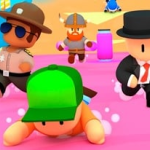



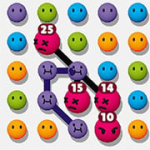
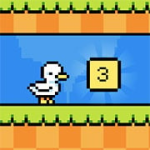
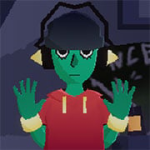
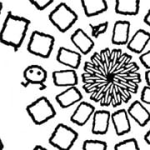



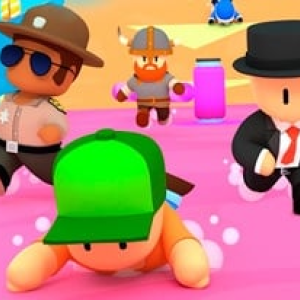
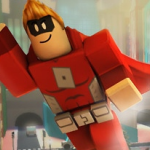
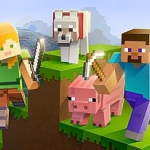








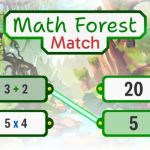

Discuss: Pacman